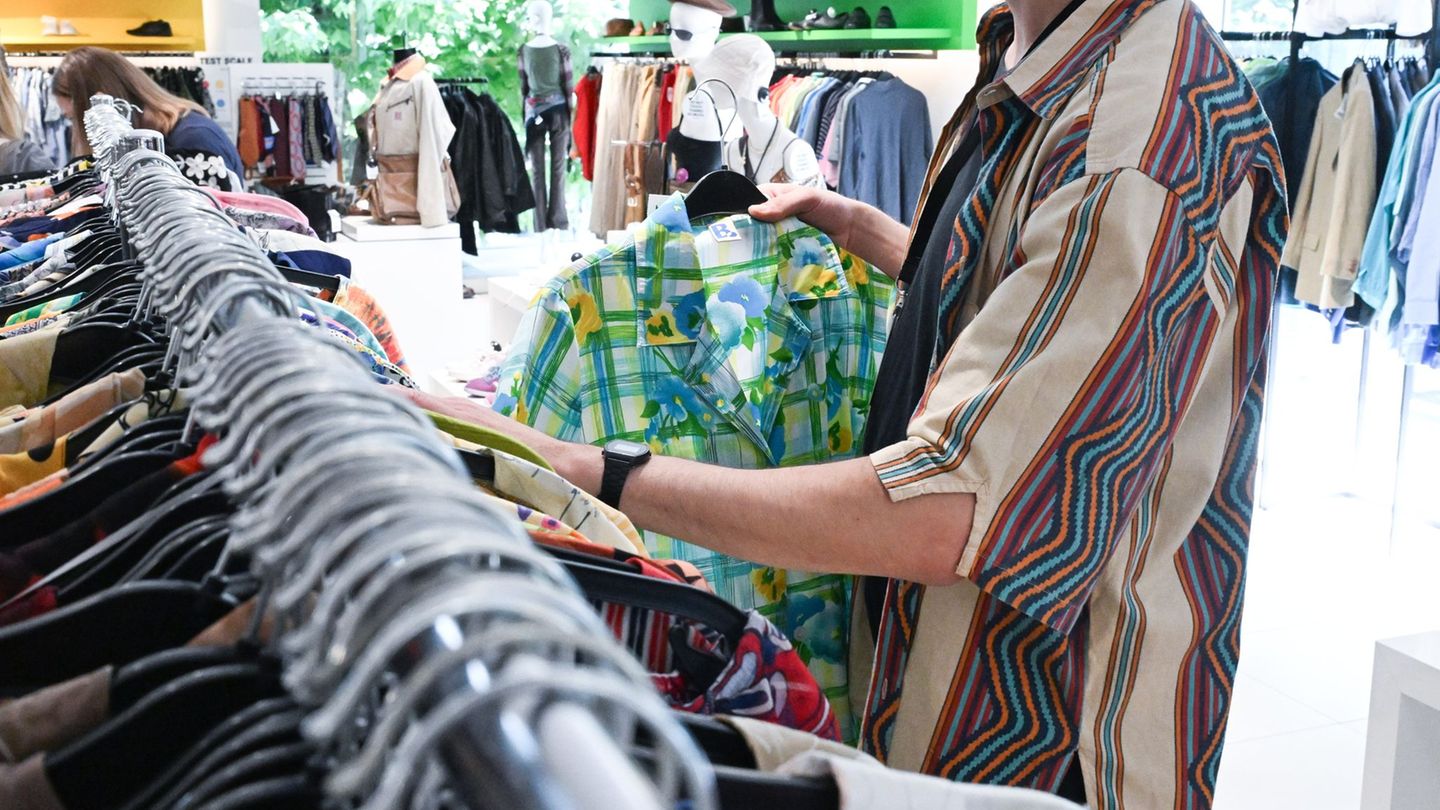Menu
Clothing & electronics: Second hand is trendy, but the large mass is new goods
Categories
Most Read
New rules from October 9th: More protection for bank customers when making transfers in seconds
October 9, 2025
No Comments
Three questions, three answers: Biggest IPO of the year? Ottobock issues shares
October 9, 2025
No Comments
Relationship and money: How to manage your finances as a couple
October 9, 2025
No Comments
Trade: Germany main target for counterfeits – billions in damage
October 9, 2025
No Comments
Former ARCA official warned that the new Criminal Tax Law could get bogged down in the Courts
October 8, 2025
No Comments
Latest Posts

Dolly Parton on health rumors: “I’m not dying”
October 9, 2025
No Comments
Message to fans Country legend Dolly Parton: “I’m not dying” Listen to article Copy the current link Add to watchlist Concert cancellations and a dramatic

Ice hockey: Despite 400th NHL goal and 3-0 lead: defeat for Draisaitl
October 9, 2025
No Comments
PierceI am Pierce Boyd, a driven and ambitious professional working in the news industry. I have been writing for 24 Hours Worlds for over five

People: Dolly Parton: “Do I look sick? I work hard here!”
October 9, 2025
No Comments
Lisa HarrisI am an author and journalist who has worked in the entertainment industry for over a decade. I currently work as a news editor
24 Hours Worlds is a comprehensive source of instant world current affairs, offering up-to-the-minute coverage of breaking news and events from around the globe. With a team of experienced journalists and experts on hand 24/7.

